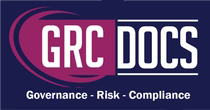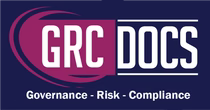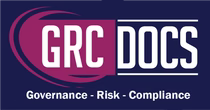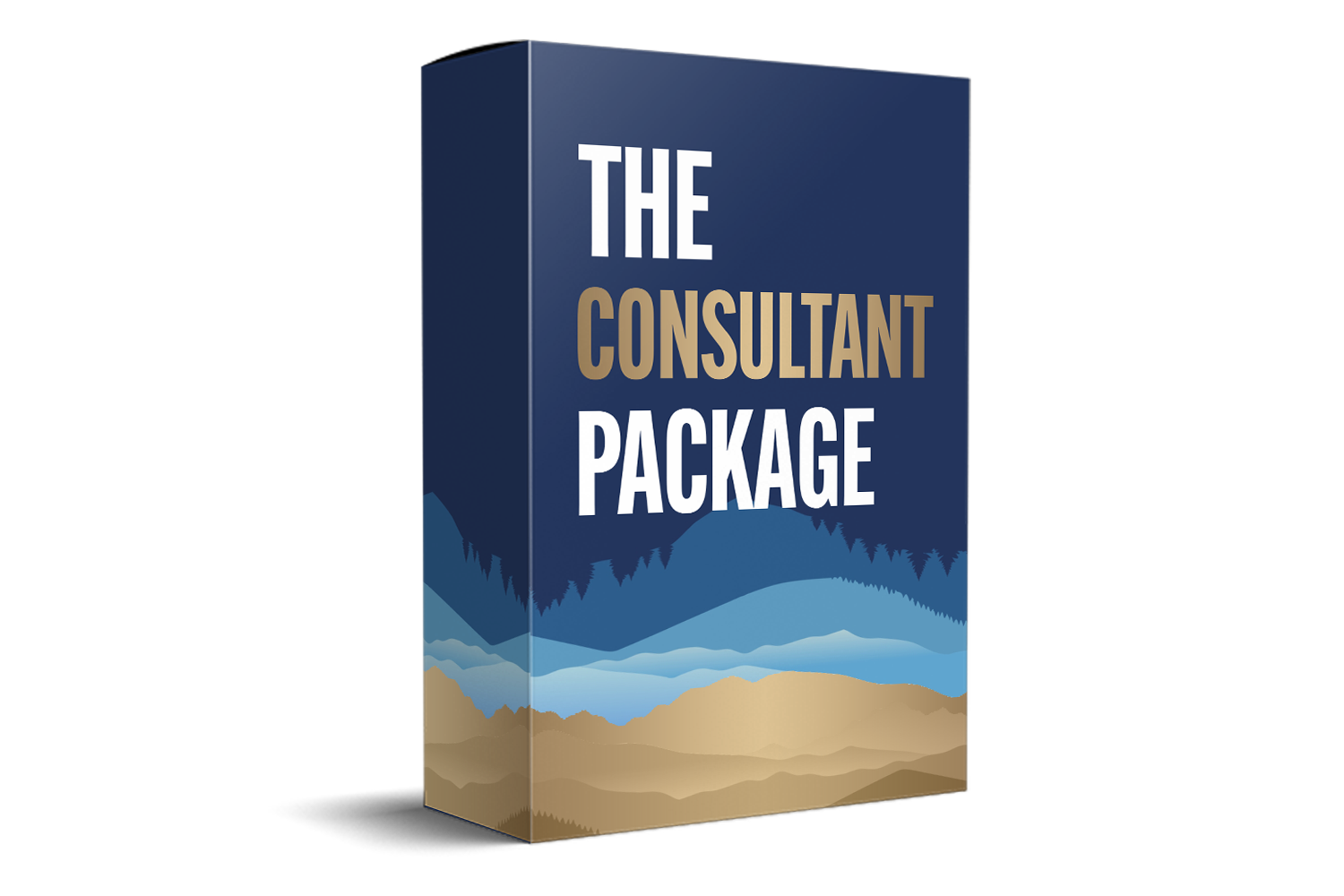SOC 2 Security Controls Mapping Template: Simplify Your Compliance Process
Introduction
Navigating the complex world of SOC 2 compliance can be daunting, especially when it comes to mapping security controls. Whether you're preparing for a SOC 2 audit or looking to maintain ongoing compliance, having a solid understanding of how to map security controls is crucial. This guide will walk you through the essentials of SOC 2 security controls mapping and how to create an effective template for your organization.

Overview Of SOC 2
SOC 2 focuses on five "trust service criteria" which are security, availability, processing integrity, confidentiality, and privacy. Each of these criteria serves as a pillar of data protection, ensuring comprehensive coverage of all aspects of data handling. Organizations aiming for SOC 2 compliance must tailor their controls to align with these criteria, ensuring that they address all potential vulnerabilities and risks.
What Are SOC 2 Security Controls?
SOC 2 security controls are the specific measures and protocols that an organization must implement to safeguard data in accordance with the Trust Services Criteria (TSC). These include security, availability, processing integrity, confidentiality, and privacy. Mapping these controls effectively allows an organization to demonstrate its compliance and readiness for a SOC 2 audit.
-
Defining SOC 2 Security Controls: SOC 2 security controls are not one-size-fits-all; they are tailored to the unique needs and risks of each organization. These controls encompass a wide range of practices, from technical safeguards like encryption and firewalls to administrative measures such as employee training and access controls. The goal is to create a comprehensive security posture that addresses all potential threats and vulnerabilities.
-
Importance of Controls Mapping: Mapping SOC 2 security controls is a strategic exercise that aligns an organization's existing security measures with SOC 2 requirements. This process helps identify any gaps in compliance and provides a roadmap for addressing them. By systematically documenting each control and its alignment with the trust service criteria, organizations can ensure they are well-prepared for a SOC 2 audit.
- Challenges in Controls Mapping: While crucial, mapping SOC 2 controls can be challenging, especially for organizations that are new to compliance frameworks. Common challenges include understanding the intricate requirements of SOC 2, ensuring that all relevant controls are mapped, and keeping the mapping up to date as the organization evolves. Overcoming these challenges requires a thorough understanding of SOC 2, a structured approach to mapping, and ongoing commitment to maintaining compliance.
The Process Of SOC 2 Security Controls Mapping
Creating a comprehensive SOC 2 security controls mapping template involves several steps. Let's break them down.
-
Step 1: Identify Relevant Trust Service Criteria: The first step in mapping your SOC 2 security controls is identifying which of the Trust Service Criteria (TSC) apply to your organization. While security is a mandatory criterion, others such as confidentiality or privacy might only be necessary depending on your specific business operations and client agreements.
-
Step 2: Conduct a Gap Analysis: A gap analysis helps identify where your current security measures fall short of SOC 2 requirements. By understanding these gaps, you can plan to address them effectively, ensuring that your security controls meet the necessary standards.
-
Step 3: Develop Control Activities: Control activities are the specific actions taken to mitigate risks and ensure compliance. These can include implementing firewalls, conducting regular security training for employees, and encrypting sensitive data. Clearly defining these controls in your mapping template is critical for a successful SOC 2 audit.
-
Step 4: Document Your Control Mapping: Once your control activities are in place, the next step is to document them in a structured manner. This documentation should include a clear mapping of each control to the relevant TSC, detailing how each control meets the specific requirements.
- Step 5: Implement and Monitor Controls: With your controls documented, the next step is implementation. However, SOC 2 compliance is not a one-time effort. Continuous monitoring and testing of these controls are necessary to ensure they remain effective over time.
Creating A SOC 2 Security Controls Mapping Template
-
Developing a Comprehensive Template: The development of a comprehensive template involves more than just listing controls. It requires a thoughtful approach to ensure that all relevant information is captured and presented in a user-friendly format. The template should be flexible enough to accommodate changes and updates, reflecting the dynamic nature of security and compliance.
-
Customizing the Template for Your Organization: Every organization is unique, so it's crucial to customize the template to align with your specific needs and risks. This involves tailoring the structure, content, and level of detail to match your organization's size, industry, and compliance objectives. Customization ensures that the template is relevant and effective in guiding your compliance efforts.
-
Leveraging Technology for Template Management: Utilizing technology can greatly enhance the management and maintenance of your SOC 2 controls mapping template. Tools like compliance management software can automate template updates, ensure consistency, and facilitate collaboration among stakeholders. Technology can also provide dashboards and reporting features, offering insights into compliance status and progress.
-
Building and Utilizing an Example Template: Creating an example template is a practical way to illustrate how controls mapping works. This example serves as a reference for developing your custom template, demonstrating how to organize and present information effectively. It also provides a starting point for discussions and training within your organization.
-
Best Practices for Template Utilization: To maximize the effectiveness of your template, consider adopting best practices such as regular reviews and updates, stakeholder involvement, and alignment with industry standards. Ensure that the template is accessible to all relevant personnel and integrate it into your compliance management processes. This proactive approach helps maintain accuracy and relevance.
- Continuous Improvement and Adaptation: SOC 2 compliance is an ongoing journey, requiring continuous improvement and adaptation of your controls mapping template. Regularly assess the template's effectiveness, seek feedback from users, and make necessary adjustments. This commitment to continuous improvement ensures that your template remains a valuable tool in your compliance efforts.
Preparing For A SOC 2 Audit
Once your controls are mapped and documented, preparing for the SOC 2 audit becomes more straightforward. Here are some final tips to ensure you're ready:
-
Internal Review: Conduct an internal review of your controls to ensure they meet SOC 2 standards and are effectively implemented. This review involves evaluating the adequacy of controls, identifying any gaps or weaknesses, and taking corrective actions as needed. It serves as a preparatory step before engaging external auditors, ensuring that you are audit-ready.
-
Conducting a Thorough Internal Review: A thorough internal review requires a structured approach, often involving checklists, interviews, and mock audits. This process helps identify areas that need improvement and ensures that controls are functioning as intended. Involving cross-functional teams in the review process provides diverse perspectives and insights, enhancing the review's effectiveness.
-
Documenting Review Findings: Proper documentation of review findings is essential for tracking progress and demonstrating due diligence. This includes detailed records of identified issues, corrective actions taken, and follow-up activities. Documentation serves as evidence of your organization's commitment to continuous improvement and compliance readiness.
-
Leveraging Internal Expertise: Engage internal experts in the review process to leverage their knowledge and experience. This includes involving IT professionals, compliance officers, and other relevant stakeholders who understand the intricacies of your organization's operations and compliance requirements. Their expertise is invaluable in identifying potential issues and developing effective solutions.
-
Employee Training: Ensure all employees are aware of the SOC 2 requirements and their roles in maintaining compliance. Employee training is a critical component of compliance efforts, as it ensures that everyone understands their responsibilities and how to fulfill them. Training programs should be tailored to different roles and departments, providing relevant and practical information.
-
Developing an Effective Training Program: An effective training program involves a combination of theoretical and practical components, including workshops, e-learning modules, and hands-on exercises. The program should be regularly updated to reflect changes in compliance requirements and industry trends. Engaging and interactive training methods enhance learning and retention, ensuring that employees are well-prepared.
-
Measuring Training Effectiveness: Assessing the effectiveness of training programs is crucial for ensuring that they achieve their intended outcomes. This can be done through quizzes, feedback surveys, and performance evaluations. Monitoring training effectiveness helps identify areas for improvement and ensures that training remains aligned with organizational goals and compliance needs.
-
Creating a Culture of Compliance: Training should not be a one-time event but part of a broader effort to create a culture of compliance within the organization. This involves promoting awareness, encouraging open communication, and recognizing compliance achievements. A strong compliance culture fosters employee engagement and accountability, supporting long-term compliance success.
-
Engage an External Auditor: Consider hiring an external auditor to provide an unbiased assessment of your controls and readiness for the official SOC 2 audit. External auditors bring objectivity and expertise, helping identify areas that internal reviews may overlook. Their independent assessment provides valuable insights and enhances credibility with clients and stakeholders.
-
Selecting the Right Auditor: Choosing the right auditor is critical for a successful audit process. Consider factors such as the auditor's experience, reputation, and understanding of your industry. Engage auditors who have a proven track record in SOC 2 audits and can offer practical recommendations based on their findings.
-
Preparing for the External Audit: Preparation is key to a smooth and successful external audit. This involves ensuring that all documentation is complete and up-to-date, addressing any identified issues, and briefing employees on the audit process. Effective preparation minimizes disruptions and helps the audit proceed efficiently and effectively.
- Leveraging Audit Findings for Improvement: The findings and recommendations from an external audit provide valuable insights for continuous improvement. Use these insights to refine controls, address weaknesses, and enhance your compliance program. Continuous improvement based on audit feedback ensures that your organization remains resilient and prepared for future audits.
Benefits Of SOC 2 Compliance
Achieving SOC 2 compliance offers numerous benefits for your organization:
-
Enhanced Trust: Demonstrates to clients and stakeholders that you take data security seriously. SOC 2 compliance provides assurance that your organization adheres to rigorous data protection standards, building confidence and trust. This trust is a valuable asset in maintaining long-term relationships and attracting new clients.
-
Building Trust Through Transparency: Transparency is key to building and maintaining trust with clients and stakeholders. SOC 2 compliance involves clear documentation and communication of data protection practices, demonstrating your commitment to transparency. This openness fosters confidence and strengthens relationships with clients, partners, and regulators.
-
Leveraging Compliance for Marketing: SOC 2 compliance can be a powerful marketing tool, showcasing your organization's dedication to data security. Highlighting your compliance status in marketing materials and communications differentiates your organization from competitors and attracts clients who prioritize data protection. Compliance becomes a selling point that enhances your brand reputation.
-
Trust as a Foundation for Growth: Trust is a foundation for sustainable business growth, enabling organizations to expand their client base and enter new markets. SOC 2 compliance reinforces this foundation, providing a competitive edge in a data-driven world. By prioritizing trust and compliance, organizations position themselves for long-term success and growth.
-
Leveraging Compliance for Strategic Advantage: SOC 2 compliance can be strategically leveraged to enhance your organization's value proposition. By integrating compliance into your strategic planning and decision-making, you align your business objectives with industry best practices. This alignment enhances your organization's resilience, adaptability, and ability to seize new opportunities.
-
Risk Mitigation: Reduces the risk of data breaches and other security incidents. SOC 2 compliance involves implementing robust controls that safeguard data and mitigate risks. This proactive approach reduces the likelihood of security incidents and minimizes their impact, protecting your organization's reputation and bottom line.
- Identifying and Mitigating Risks: SOC 2 compliance involves a thorough assessment of potential risks and vulnerabilities, enabling organizations to implement effective mitigation strategies. By identifying risks early and addressing them proactively, organizations reduce the likelihood of security incidents. This risk management approach enhances resilience and protects against potential threats.
Conclusion
Mapping SOC 2 security controls is a critical step in achieving and maintaining compliance. By following the outlined steps and utilizing a detailed template, your organization can effectively prepare for a SOC 2 audit. Embrace the process as a way to enhance your security posture and build trust with your clients.






